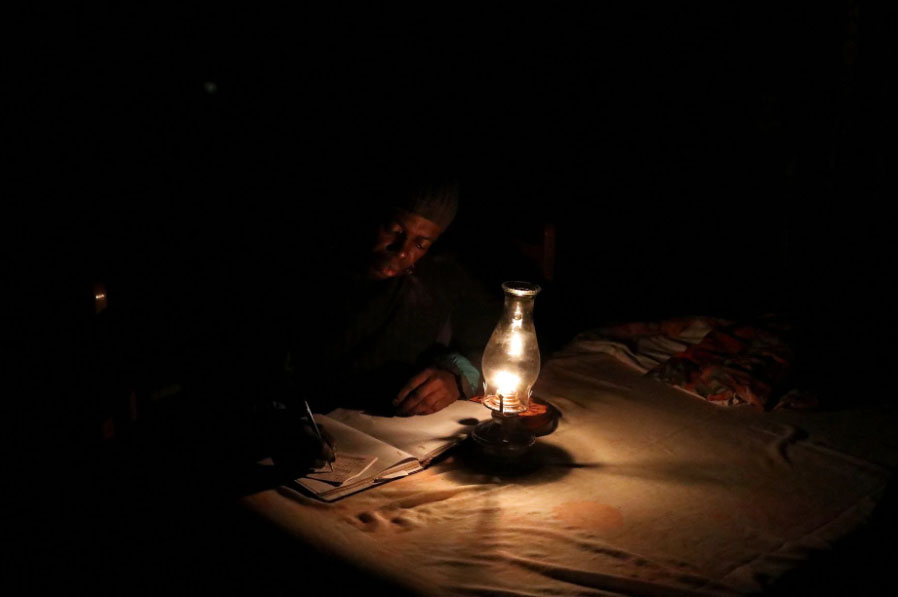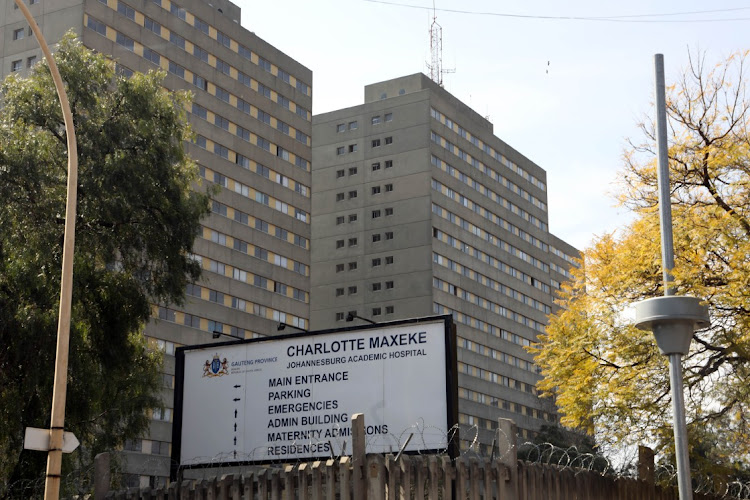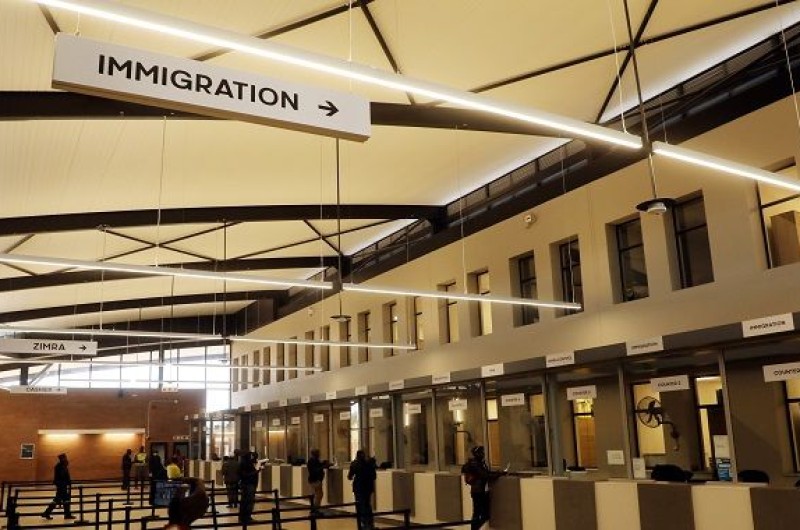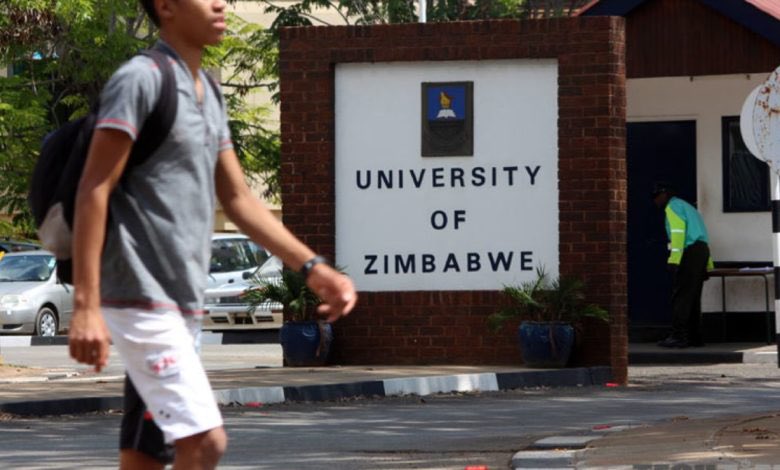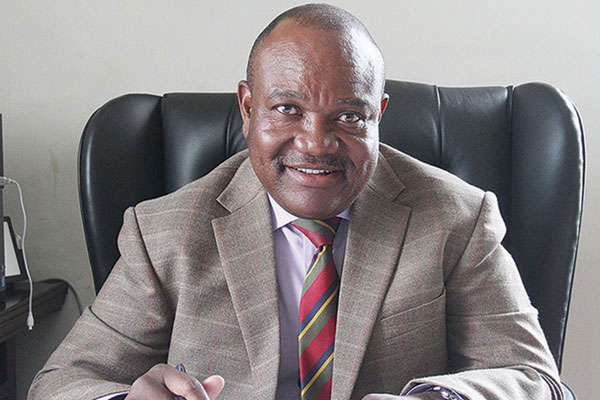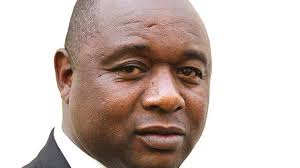CAPE TOWN, South Africa – South Africa’s struggling state utility Eskom implemented the worst power cuts in more than two years on Tuesday after 10 of its generation units went offline overnight and a strike hampered efforts to bring them back online.
The “Stage 6” outages, which mean at least six hours without power a day for most South Africans, have only been implemented once before during a previous power crisis in December 2019.
In a statement, Eskom said Stage 6 outages would be implemented from 1600 until 2200 local time (1400 to 2000 GMT) on Tuesday and again on Wednesday at the same time, blaming them on “unlawful … labour action which has caused widespread disruption to Eskom’s power plants”.
The rand , which had been stronger in early Johannesburg trade, was down over 1 percent against the dollar by 1535 GMT after Eskom announced it was escalating the outages.
President Cyril Ramaphosa’s government has made fixing Eskom a priority, but efforts have been slow to achieve results.
Public Enterprises Minister Pravin Gordhan told a news conference that Ramaphosa had arrived back from a G7 summit and was briefed on the power situation.
He said Eskom and unions had agreed a wage settlement at a meeting earlier on Tuesday that they would commit to later and expressed hope that striking union members would return to work on Wednesday.
Two of the biggest unions, the National Union of Mineworkers and National Union of Metalworkers of South Africa, said in a joint statement that there had been “considerable progress” in the wage talks but denied that an agreement had been reached.
They said Eskom’s new salary offer still needed to be discussed with union members and at a bargaining forum on Friday.
Eskom said it had agreed “in-principle … on the way forward” with unions.
The utility was granted a court interdict to block workers from striking after salary negotiations became deadlocked last week, but some downed tools anyway.
The loss-making utility, saddled with debt approaching 400 billion rand ($25 billion), is trying to contain costs as part of a turnaround plan. Of its 46,000 MW nominal capacity, over 20,000 MW is currently offline. – Reuters

